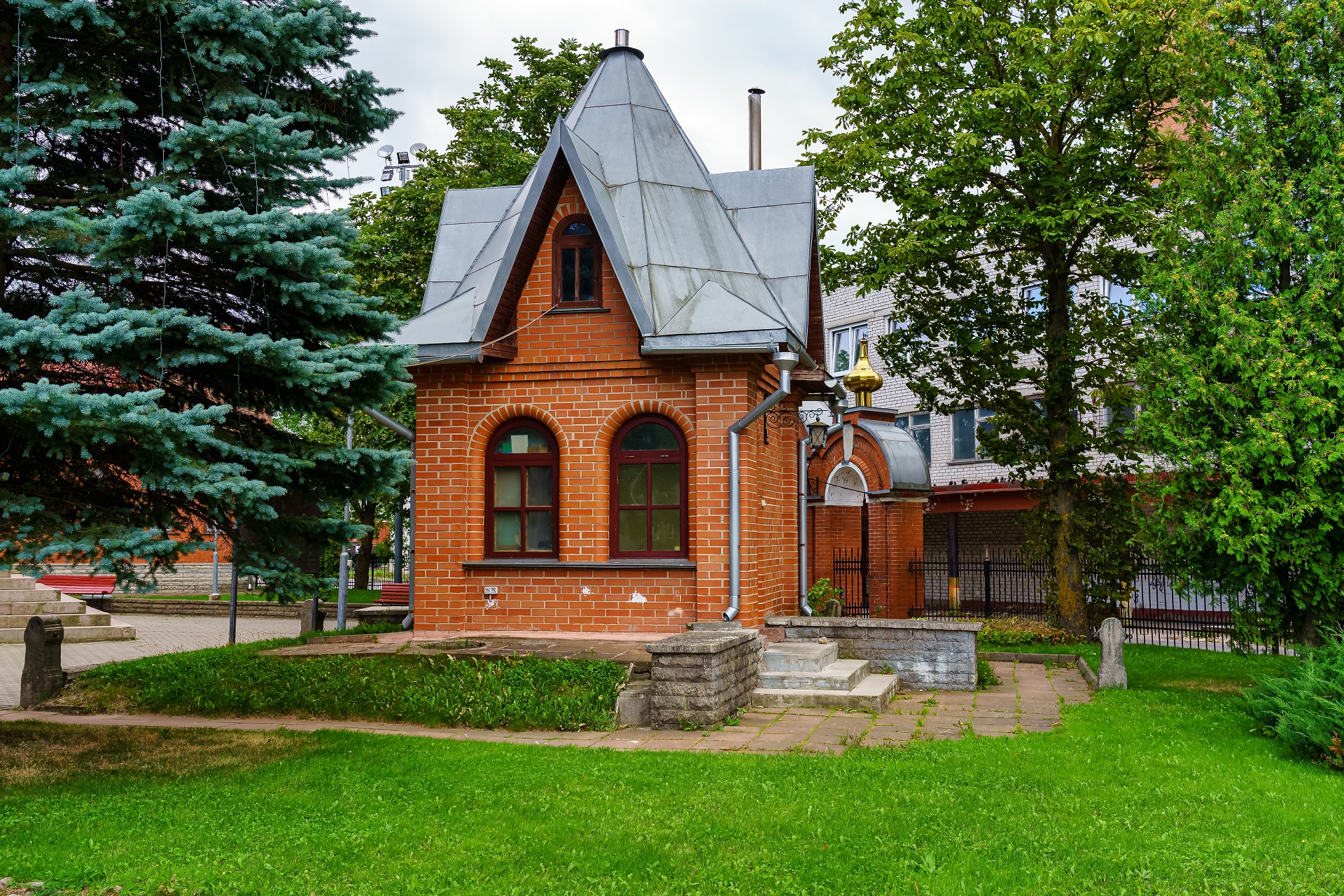I Love Historic Homes
I love driving through historic neighborhoods! Grand old homes, with detailed architecture, beautiful peaks, and peaceful porches, are incredibly breathtaking. Beauty also comes with additional financial benefits. Because historical houses are typical in an established neighborhood or district, projected prices of the homes appreciate quicker than in other areas. In addition, when a resident is indeed classified as a historic home and not merely an old house, owners may be able to take advantage of tax breaks that newer homes might not be able to qualify.
Stunning Historic homes fill numerous Prescott neighborhoods. Did you know that the oldest house in Prescott dates to 1864? It is the Fort Misery log cabin at Sharlot Hall Museum. The Fort Misery log cabin was built in 1864 and moved to the property of the Sharlot Hall Museum in 1943.
But, as we have seen on popular HGTV shows, historic homes can come with problems. That doesn’t mean you have to turn your back on the antique hardwood floors or old stained-glass windows. Still, it is wise to pause and consider the pros and cons of owning, maintaining, or renovating a historic home.
Before Buying a Historic Home
Here are a few things to consider before you pull the home buying trigger:
Be aware of lead, asbestos, and other things hiding behind the walls. Pipes and paint can be lead culprits, while asbestos in basements, attics, and walls may lurk. Also, it’s not uncommon for abandoned septic tanks, cesspools, wells, or even heating oil reservoirs buried somewhere on the property.
Renovation Restrictions
A truly historic home may be ineligible for particular renovations depending on preservation guidelines. Make sure to check out the preservation guidelines beforehand if you have plans for improvements.
Wiring and Plumbing
If the electrical system in the house hasn’t been upgraded, you might find yourself facing problems. Adding appliances or other significant power loads to the system can cause issues. Older plumbing found in historic homes can also change typical plumbing repairs into complicated projects.
Authenticity is Expensive
The materials you’ll need to repair or restore original fixtures, windows, or other aesthetic components of the house can add up quickly.
Now I realize that the list above makes me sound like a “Debbie Downer,” but I promise I love Historical Homes. My goal is to prepare you for the challenges that may occur when purchasing a historic home. Click here for 10 tips for “Inspecting Historic Houses Before You Buy”, from the National Trust for Historic Preservation. If you’re exploring historic homes, be sure to ask the current owners about all of these issues to see if they’ve dealt with them.
If you’d like to look at historic homes or think perhaps it’s time to consider something a bit newer, let me help you find just the right house, Kim Shaw 928.710.9148.


 Facebook
Facebook
 X
X
 Pinterest
Pinterest
 Copy Link
Copy Link


